Standing directly beneath the Green Bank Telescope, the view here is straight up the giant feed arm that supports the GBT’s receivers perched over 480 feet above the ground. The massive 2.3-acre dish surface of the GBT is an enormous bucket for scooping up the weak radio waves that rain down on us from objects in space.
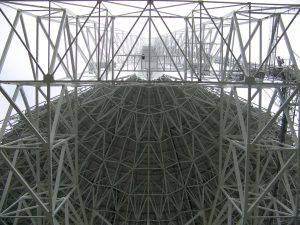
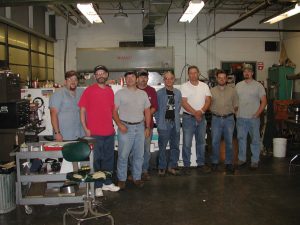
Green Bank Machinists
The machinists and technicians in Green Bank, West Virginia who build, repair, and improve the hardware that is used in our state-of-the-art radio telescopes.
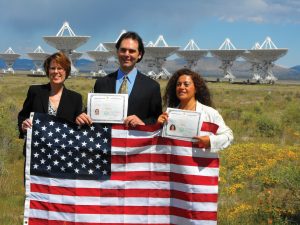
Becoming US Citizens at the VLA
NRAO scientist Emmanuel Momjian and his wife, Mari Jananian, display their citizenship certificates and a U.S. flag presented by Socorro City Councilor Peter Romero. They are joined by USCIS Field Office Director Patti JMK Reynolds (left) at the Very Large Array (VLA) site.
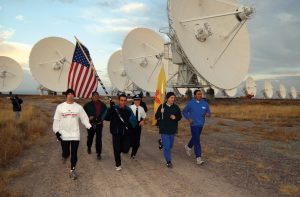
9-11 Flag Run at the VLA
Runners and support personnel of the Americans United Flag Across America project arrived at the Very Large Array (VLA) early in the post-midnight morning of Monday, November 5, 2001. The run began in Boston on October 11, one month after the terrorist attacks on New York and Washington. Drivers, runners, and support personnel stayed overnight at the VLA. During the night, a “VLA Night Owl Run” kept the flag moving around the VLA area until the westward trek to Los Angeles, California resumed after dawn. The run was organized by employees of American and United Airlines to honor the flight crews lost in those attacks, to show support for U.S. troops, and to raise funds to help the victims’ families.
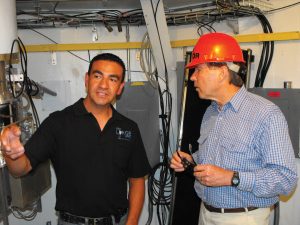
Senator Udall Visits the VLA
U.S. Senator Tom Udall visited the Karl G. Jansky Very Large Array on July 2, 2012 for a briefing and tour of the facility. Here inside the “vertex room” of a VLA dish antenna, NRAO employee Eric Chavez explains the electronics to the Senator.
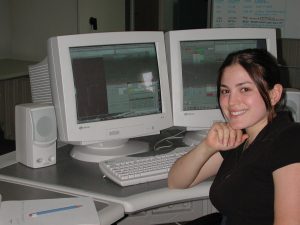
Summer Students Use the GBT
Regina Flores was a summer research student in Green Bank from Barnard College. She was observing with the Green Bank Telescope as part of the NSF’s Research Experiences for Undergraduates program.





